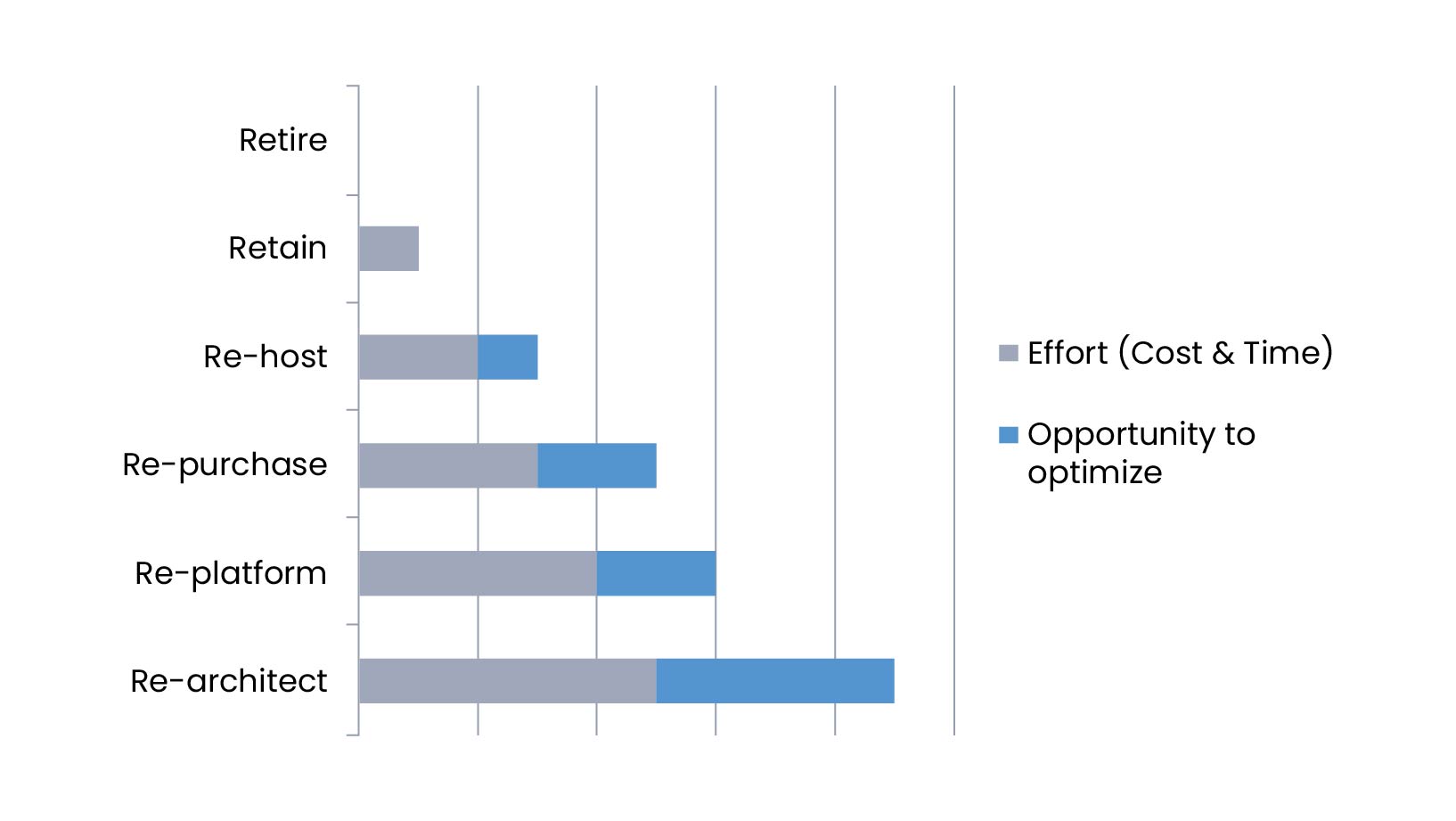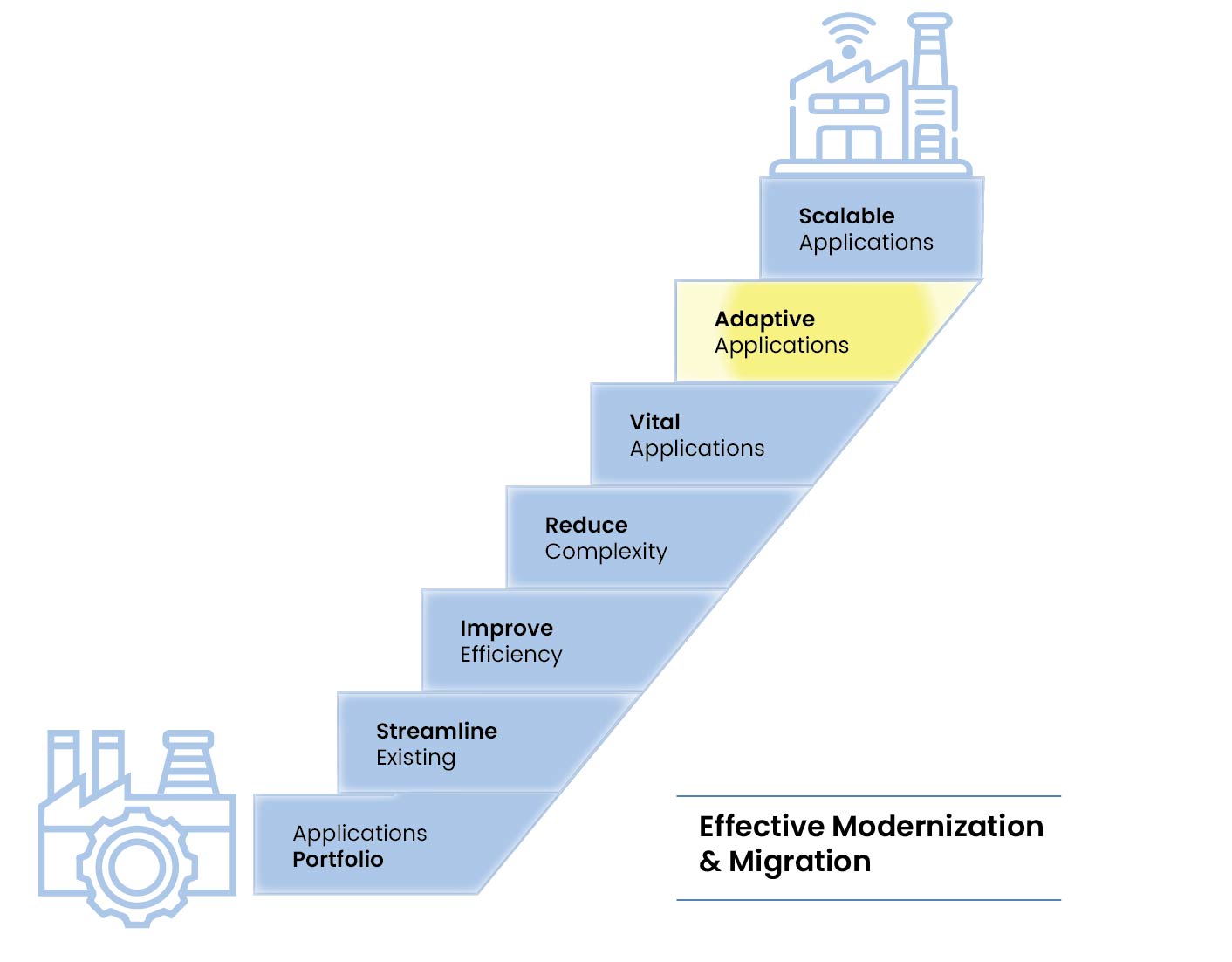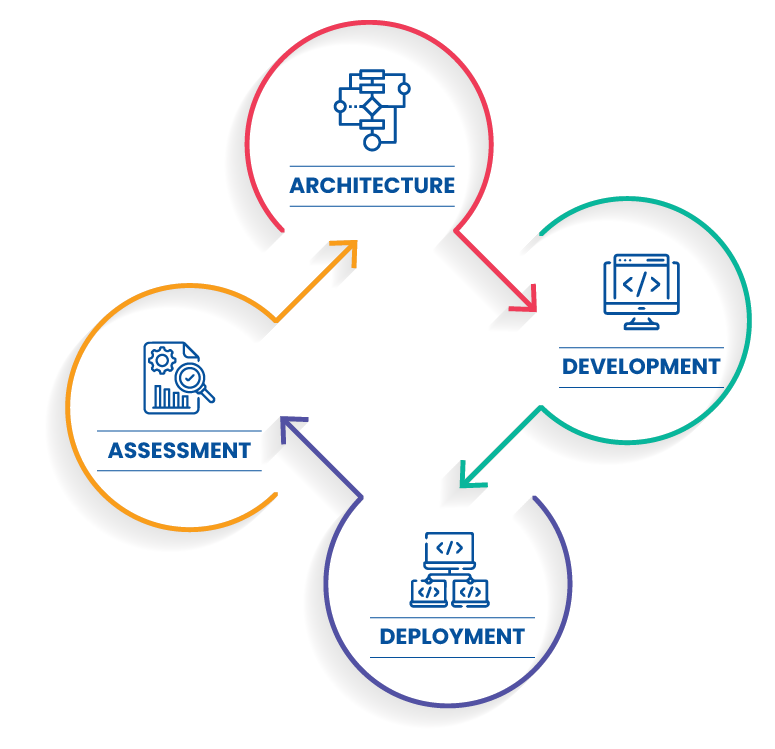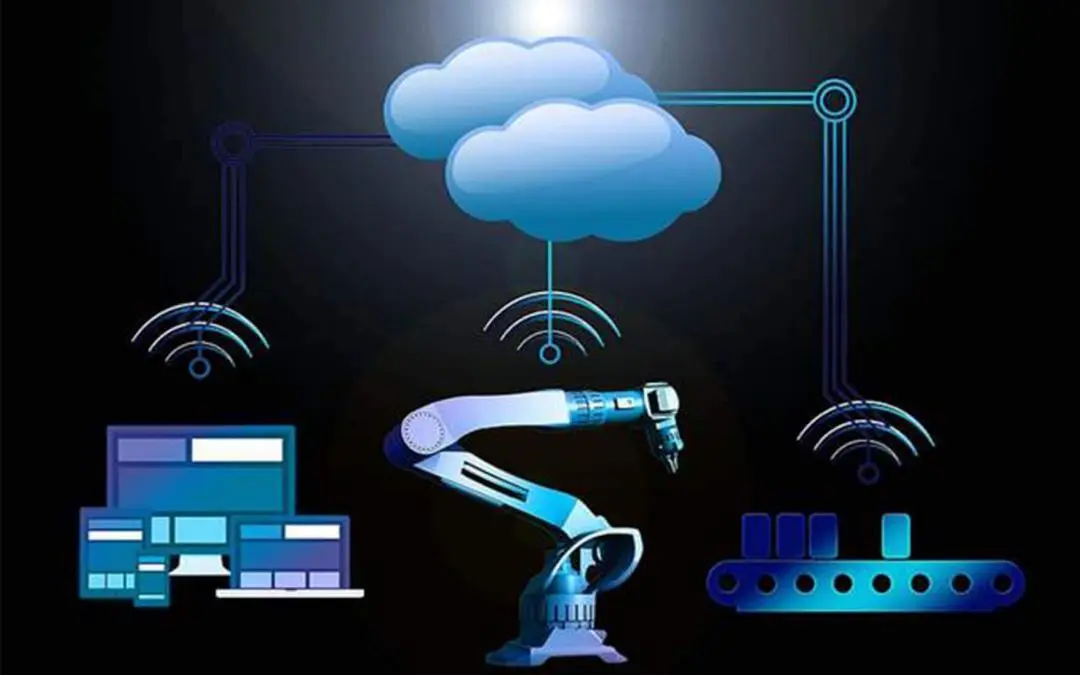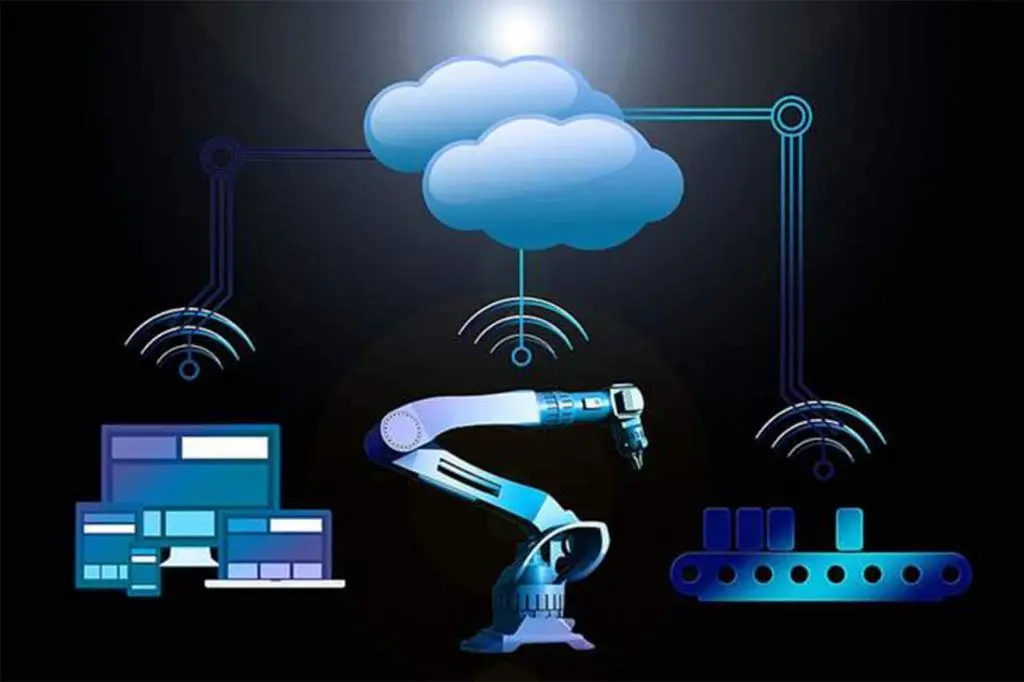
Digitization Strategies for the Next Generation Off-Highway Vehicles
However, to successfully incorporate these fast-evolving technologies, companies need to have the right digitization strategies in place. These strategies not only provide direction for implementing necessary changes but also ensure a structured approach to adapting to industry advancements and evolving market demands. In this article, we explore the strategic framework essential for driving the digitization and automation of off-highway vehicles (OHVs), highlighting the key considerations and challenges that industry leaders must address to successfully navigate this transformation and stay ahead in a rapidly evolving landscape.
The global autonomous off-highway vehicle market is expected to grow from $2.3 billion in 2020 to $7.1 billion by 2030, with a CAGR of 12.6% between 2021 and 2030.
Understanding Digitization of Vehicles and its Impact on Off-Highway Vehicles
The digitization of off-highway vehicles involves integrating digital technologies—such as sensors, software, and connectivity—to gather, analyze, and utilize data in digital formats. Manufacturers can use this data to optimize vehicle performance and improve efficiency. With ongoing optimization, vehicle owners can enjoy enhanced safety features, better fuel efficiency, convenient navigation, advanced infotainment systems, and even remote diagnostic services on the go. Furthermore, this digital transformation enables real-time monitoring, predictive maintenance, and seamless updates, ensuring vehicles remain equipped with the latest technology and safety standards, while enhancing the overall driving experience.
The impact of digitization on OHVs has redefined their role, increasing functionality and service efficiency. By integrating advanced technologies such as IoT, GPS, and data analytics, OHV manufacturers have acquired more control over operational efficiency, equipment health, and maintenance needs, reducing downtime and repair costs. This shift also empowers OHV owners to maximize productivity through precise control and remote operation. Additionally, digitization aids resource management, reduces fuel consumption and emissions, and supports owners in better managing both performance and environmental impact.
Why Digitization is Key to the Future of Off-Highway Vehicle Technology
Market Demands: Digitization allows OHVs to meet the market demand for precise performance, reduced fuel consumption, and operational costs while maximizing productivity. It streamlines operations and optimizes resource management to create a competitive advantage for businesses.
Regulatory Compliance: Digitization significantly aids in meeting environmental and safety regulations through real-time emissions monitoring, predictive maintenance, and automated safety features. It ensures off-highway vehicles operate within legal limits, thereby contributing to safety and environmental protection.
Technological Advancements: The integration of smart technologies enables off-highway vehicles to connect with other systems and devices, offering remote control and diagnostics capabilities. For instance, predictive analytics can foresee maintenance needs before failures occur, reducing costs and time.
Consumer Expectations: Digitization meets modern demands for enhanced user experience through intuitive interfaces and immediate access to off-highway vehicle performance and location. This improves efficiency, safety, and responsiveness to market trends.
Strategic Framework for Digitization of Off-Highway Vehicles
A strategic framework for digitization of off-highway vehicles requires assessment, technology integration, data management, and stakeholder collaboration. This framework serves as a guide for organizations seeking to leverage digital technologies to optimize their operations and achieve business objectives.
Detailed Assessment and Planning
The foundation of any successful digitization initiative lies in assessment and planning. The first step is to conduct a thorough analysis of current operations. This involves evaluating current capabilities and identifying gaps in existing operations. Organizations should conduct a thorough analysis of their current fleet, equipment, and processes to understand how digitization of off-highway vehicles can enhance performance.
For instance, a construction company may evaluate its fleet management system, maintenance practices, and data collection methods to identify areas for improvement. Organizations can determine where digitization can provide the most value by pinpointing gaps such as outdated equipment, inefficient maintenance schedules, or insufficient data collection.
Once the assessment is complete, companies should set clear digitization goals that align with their business objectives. These goals must be specific, measurable, achievable, relevant, and time-bound (SMART). For example, a goal could be to reduce maintenance downtime by 25% within the next year by implementing IoT sensors and predictive analytics. Aligning digitization goals with business objectives ensures that the efforts are focused on achieving measurable outcomes that drive overall organizational success.
The 4 Keys to Assessment and Planning
Current Capability Assessment: Evaluate existing technologies, processes, and workforce skills by inventorying the fleet, analysing data management practices, and identifying operational inefficiencies through stakeholder feedback.
Gap Analysis: Identify deficiencies and opportunities for improvement by comparing current capabilities against industry benchmarks, determining areas for technology enhancement, and assessing workforce training needs.
Goal Setting: Establish SMART (specific, measurable, achievable, relevant, time-bound) goals for digitization that align with overall business objectives, prioritizing them based on potential impact and involving key stakeholders for alignment and buy-in.
Roadmap Development: Create a comprehensive implementation plan that outlines the steps, timelines, resource allocation, and budget estimates needed to achieve the digitization goals, along with establishing KPIs for measuring success and a governance framework for oversight.
Strategic Technology Integration
The next step in the strategic framework is technology integration. Choosing the right technologies is critical for the successful digitization of off-highway vehicles. For instance, IoT sensors play a vital role in collecting real-time data from equipment, enabling organizations to monitor performance and health continuously. Data analytics platforms can also analyse this data to generate actionable insights that inform decision-making.
Developing a robust IT infrastructure is essential to support data collection and analysis. This infrastructure should be capable of managing large volumes of data from various sources, ensuring data integrity and security. Organizations should consider implementing cloud-based solutions that offer scalability and flexibility, allowing them to adapt to changing business needs. Furthermore, integrating advanced technologies such as artificial intelligence (AI) and machine learning (ML) can enhance predictive capabilities, helping organizations anticipate equipment failures and optimize maintenance schedules.
For instance, a mining company might use IoT sensors to monitor the health of its haul trucks, capturing data on engine performance, tire pressure, and fuel consumption. By integrating this data with analytics platforms, the company can identify patterns and trends, enabling proactive maintenance and reducing costly breakdowns. This proactive approach gives the company greater control over its operations and reduces the risk of unexpected downtime.
The 4 Keys to Technological Integration
Selecting Appropriate Technologies: Choose suitable technologies such as IoT sensors for real-time data collection, data analytics platforms for insights, and cloud computing for scalable infrastructure to enhance operational efficiency.
Infrastructure Development: Build a robust IT infrastructure that supports seamless data collection, storage, and analysis, ensuring it can handle the volume and variety of data generated by off-highway vehicles.
Data Interoperability: Ensure that various systems and technologies can communicate and share data effectively, allowing for integrated operations and comprehensive analytics across the fleet and equipment.
User Training and Adoption: Provide comprehensive training to employees on new technologies and processes, fostering a culture of innovation and encouraging the adoption of digital tools for improved productivity and efficiency.
Comprehensive Data Management
Effective data management is another critical aspect of the digitization framework. Organizations must prioritize data governance and security to protect sensitive information and ensure compliance with industry regulations. The establishment of clear data management policies and procedures plays a crucial role in mitigating risks associated with data breaches and maintaining the integrity of data collected from off-highway vehicles, providing a sense of security and control.
Moreover, leveraging big data analytics can provide valuable insights into operational performance. Organizations can identify trends, predict outcomes, and optimize processes by analyzing data from various sources. For example, predictive maintenance powered by big data analytics can help organizations anticipate equipment failures before they occur, allowing for timely interventions that minimize downtime and repair costs. This proactive approach enhances operational efficiency and supports informed decision-making, ultimately driving profitability.
The 4 Keys to Data Governance
Data Governance: Establish clear policies and procedures for data management, ensuring data integrity, accuracy, and compliance with industry regulations to protect sensitive information.
Data Security: Implement robust security measures, including encryption and access controls, to safeguard data from breaches and unauthorized access throughout its lifecycle.
Data Integration: Facilitate the integration of data from various sources, such as IoT sensors and maintenance records, to create a comprehensive view of vehicle performance and operational insights.
Analytics Utilization: Leverage advanced analytics tools to analyze collected data, enabling predictive maintenance, identifying trends, and driving informed decision-making for improved operational efficiency.
End-to-End Collaboration and Ecosystem Development
The final component of the strategic framework is collaboration and ecosystem development. Building partnerships with technology companies, startups, and academic institutions can give organizations access to innovative solutions and expertise in digitization. Collaborations can facilitate knowledge sharing, resource pooling, and the development of cutting-edge technologies that enhance digitization efforts.
Engaging with stakeholders throughout the digitization journey is not just crucial, it’s a key to success. Organizations should involve employees, customers, and suppliers in the process to ensure that their needs and expectations are considered. By fostering a culture of collaboration, organizations can create a shared vision for digitization and encourage buy-in from all parties involved. Regular communication and feedback mechanisms can further enhance stakeholder engagement, leading to more successful digitization initiatives.
For instance, a landscaping company might partner with a tech startup specializing in GPS tracking and fleet management solutions to enhance operational efficiency. By collaborating with experts in the field, the company can implement advanced technologies that optimize its fleet’s performance and reduce operational costs.
The 4 Keys to Collaboration and Ecosystem Development
Partnership Building: Forge strategic alliances with technology companies, startups, and research institutions to access innovative solutions and expertise that enhance digitization efforts.
Stakeholder Engagement: Involve employees, customers, suppliers, and other stakeholders in the digitization process to gather insights, address concerns, and foster a sense of ownership in the transformation.
Knowledge Sharing: Promote a culture of collaboration by facilitating knowledge exchange and best practice sharing among partners and internal teams to drive continuous improvement and innovation.
Joint Development Initiatives: Collaborate on research and development projects to create tailored solutions that meet specific operational needs, ensuring the technology implemented is practical and effective for off-highway applications.
Key Challenges to Consider When Strategizing the Digitization of Off-Highway Vehicles
Digitizing off-highway vehicles presents several key challenges that manufacturers must carefully navigate to ensure success. Some of these include:
i. Technological Barriers
The integration of advanced digital technologies with existing systems is a major hurdle. Many off-highway vehicles were not originally designed with digitization in mind, meaning the hardware and software might not be compatible with modern technology. Retrofitting these vehicles to enable real-time data monitoring, telematics, and automation requires sophisticated engineering solutions, potentially leading to downtime during the integration phase. Moreover, issues like connectivity in remote areas can hamper the seamless operation of digital systems.
ii. Skill Gaps
Another significant challenge is the need to upskill the workforce. The successful operation and maintenance of digitized off-highway vehicles hinge on specialized knowledge in handling advanced software, data analysis, and troubleshooting. For companies to realize the full potential of digitization, investing in training their employees to bridge these skill gaps is crucial.
In the construction industry, the adoption of autonomous off-highway vehicles is projected to grow by 20% annually due to increasing demand for safety and efficiency in hazardous environments.
While digitization promises long-term gains, the initial costs can be substantial. Businesses must factor in the cost of new technology, software licensing, system integration, and workforce training. The high upfront investment can be a barrier, especially for companies with tight budgets. Additionally, achieving a return on investment (ROI) may take time, and organizations need to carefully weigh the short-term costs against long-term benefits to make informed financial decisions.
The future of off-highway vehicles is steadily advancing towards autonomous operations, driven by the rise of self-driving technology. Autonomous systems offer greater precision, safety, and efficiency in challenging environments, reducing the need for manual intervention. Additionally, augmented reality (AR) and virtual reality (VR) are playing an increasing role in operator training and vehicle operation. AR/VR tools enhance hands-on training, enabling operators to learn and manage complex equipment in immersive, risk-free environments.
As these innovations reshape the industry, stakeholders must adopt forward-thinking digitization strategies. Manufacturers of off-highway vehicles must stay ahead of the curve by investing in the right technologies, upskilling their workforce, and continuously planning for long-term digital transformation. The time to act is now—preparing today paves a smoother transition to the next generation of off-highway vehicles, positioning them for greater competitiveness and success in an ever-changing market.




